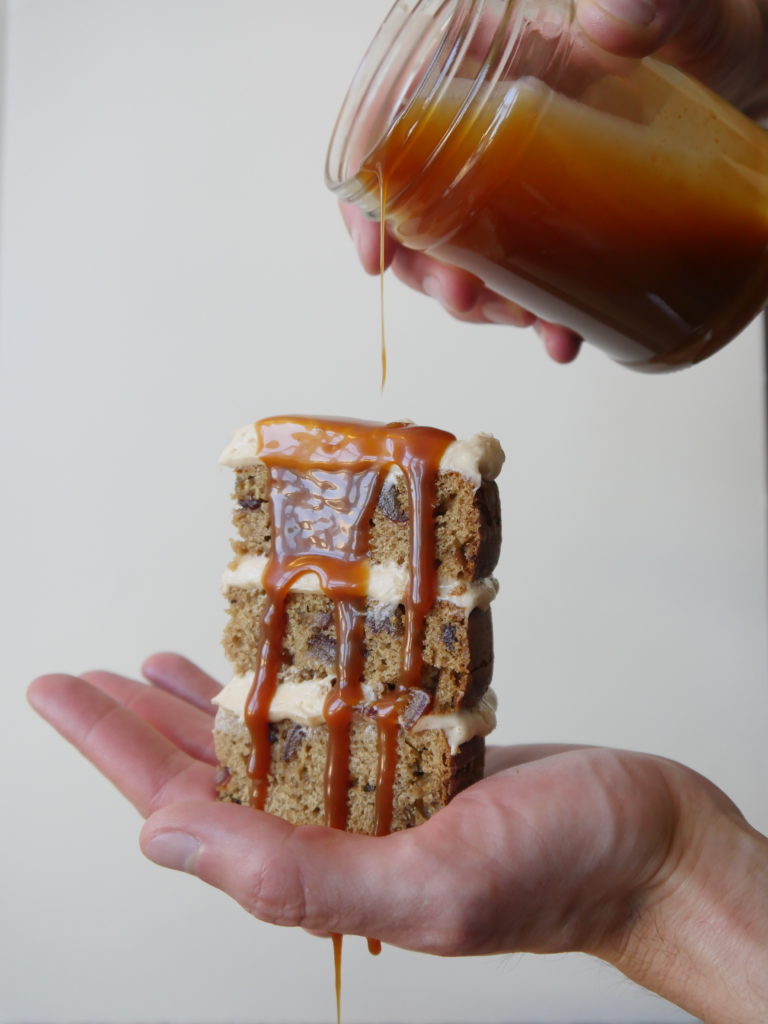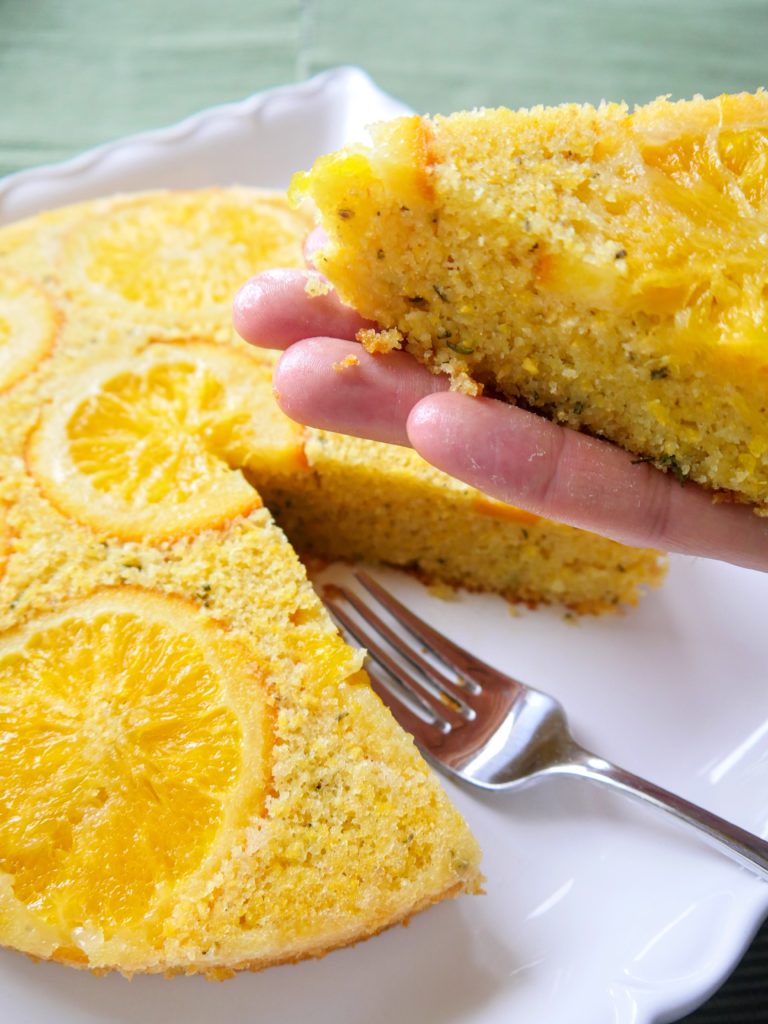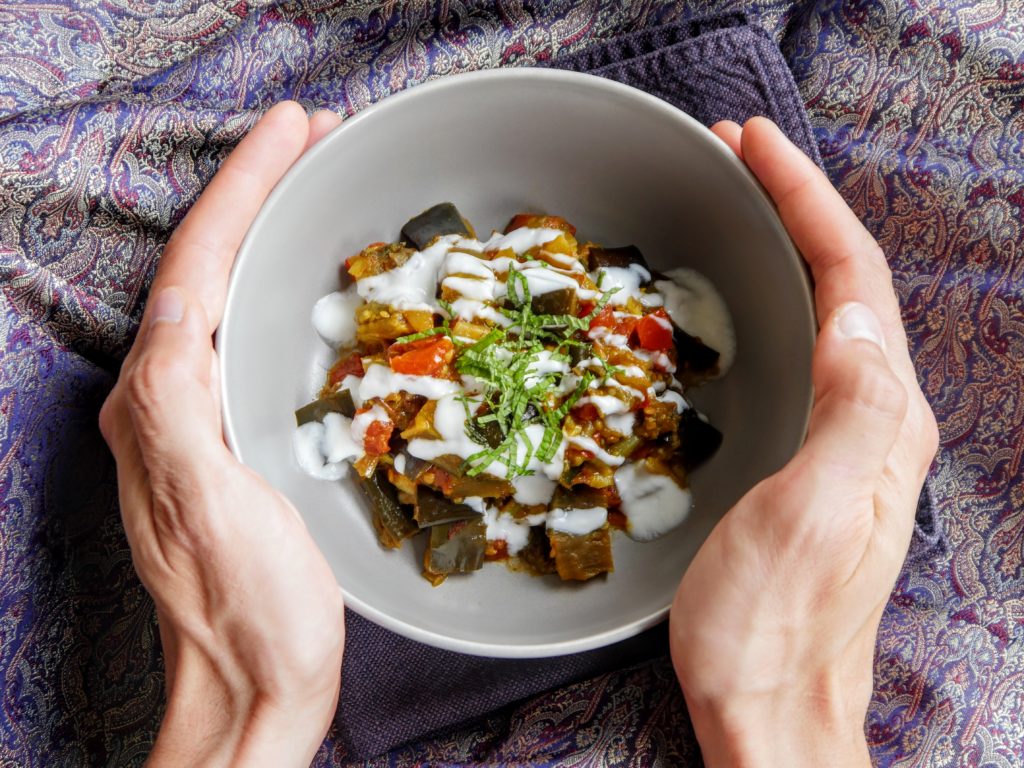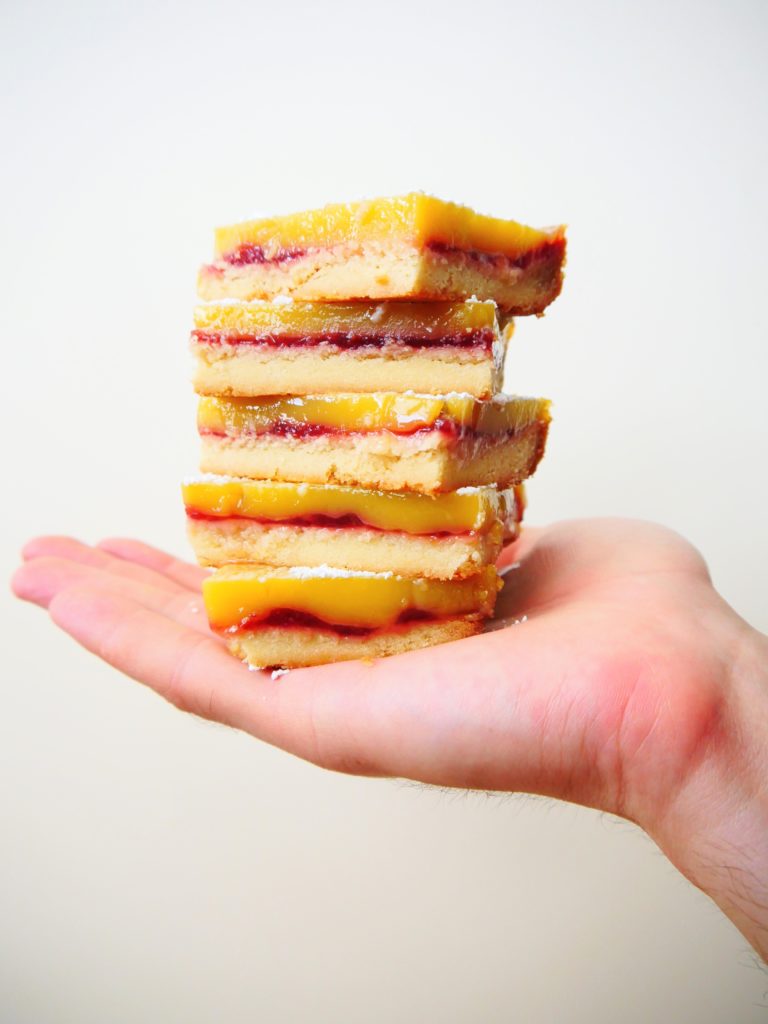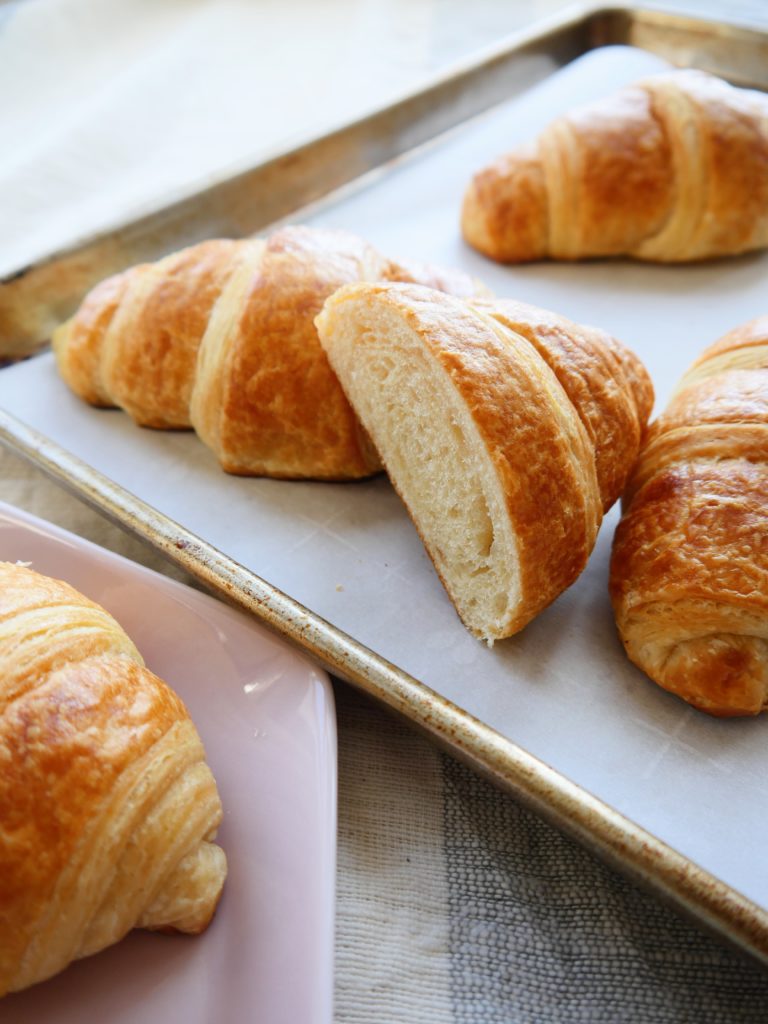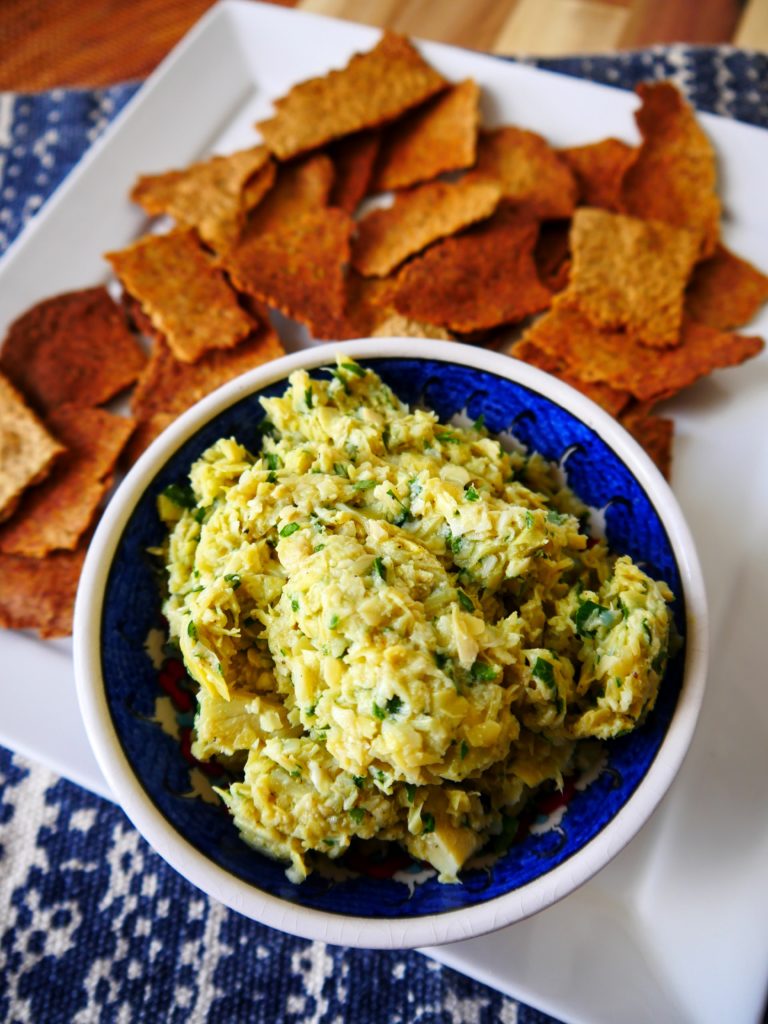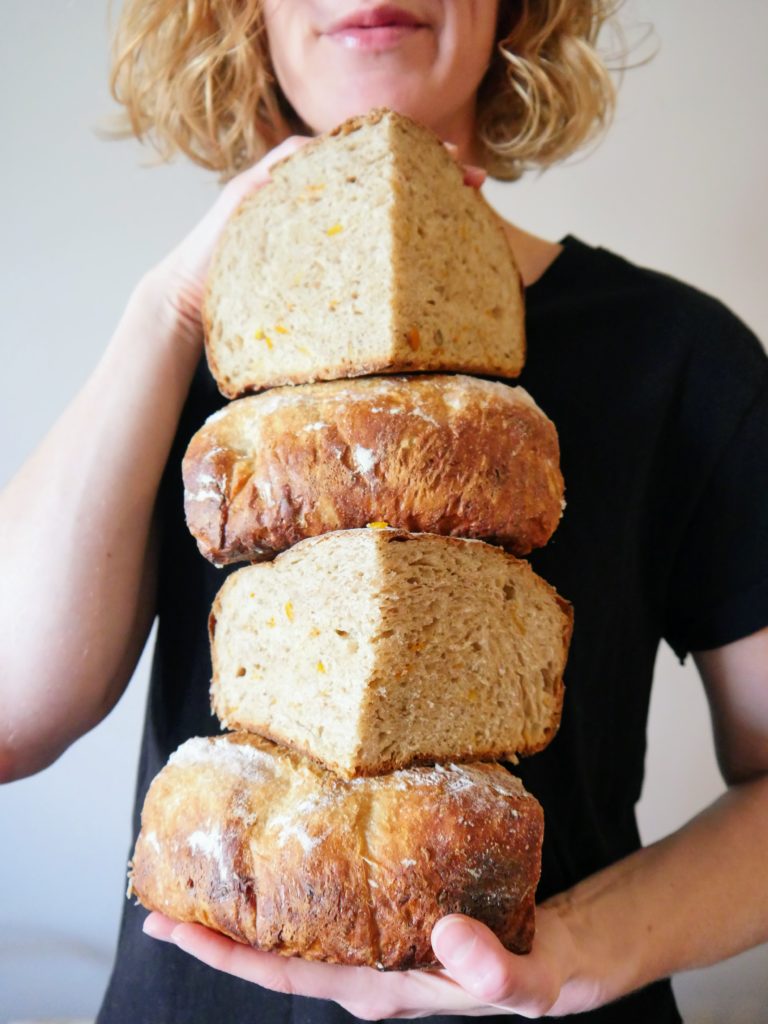
There are a lot of advantages to being married to me. In addition to my obvious wit and way with words, I can be counted on to make the bed every morning, water the plants regularly, and have a firm one-book-in, one-book-out rule, which ensures that most of the books fit on the shelves, most of the time. And let’s not overlook the obvious: as a food blogging hobbyist, there’s never a shortage of good things to eat around the house.
There are disadvantages, though, primarily that—due to my hobby—a solid 65% of our refrigerator and freezer real estate is taken up with “projects”: sourdough starter, jars of carrot-ginger curd / salted caramel sauce / salted caramel cream cheese frosting, etc. While no one was complaining about the extra caramel sauce, some leftovers are a bit harder to use up, like the many containers of candied citrus peel that have been clogging our freezer since April 2020.
In a valiant attempt to be as zero-waste as possible (an understandable concern, particularly during the early days of the COVID-19 pandemic when you could hardly find toilet paper, let alone produce), I preserved the peel of many an orange, grapefruit, and mandarin, and have been trying to dream up ways to use it ever since. We’ve used it in cocktails and biscotti, dropped it into chocolate bark and folded it into muffin batter, and are still finding jars of it stashed away. This January, I resolved to clean out some of the projects (not to mention random ingredient odds and ends—I’m looking at you, single tablespoon of malted milk powder and dried up natural food dyes) and devised this recipe. Two months later, I’ve made a dent in my citrus peel stash and we’ve enjoyed multiple loaves of this bread. With as good as it is toasted and slathered with butter, maybe there aren’t any disadvantages to being married to me.
Candied Orange Peel & Fennel No-Knead Bread
Sources: Adapted from the inimitable Jim Lahey
Makes 1 large loaf of bread
Active time: ~30 minutes; total time ~18–24 hours
Ingredients:
- 600 grams all-purpose flour
- 260 grams whole-wheat flour
- 2 grams yeast
- 25 grams salt
- 75 grams chopped candied orange peel
- 10 grams whole fennel seeds (you can lightly toast and crush them, if you want to be fancy)
- 690 grams room-temperature water
Directions:
- Mix all ingredients together in a large bowl. The dough will be “shaggy”—i.e., it will seem dry and as though you need to add more water. Resist that urge. Let that dough be shaggy. Scrape down the sides of the bowl, cover it, and let rest for at least 12, and as many as 18, hours at room temperature.
- Dust a clean work surface with flour and scrape the dough onto it. Fold the dough over and onto itself, shaping it into a loose ball. Flip over and give the dough a few more pats to shape it, if needed.
- Transfer the ball of dough to a large sheet of parchment paper, then put the entire thing, dough and paper, into a clean large mixing bowl. Cover the dough with plastic wrap and leave it to rise at room temperature for another two hours or so. When it’s ready to bake, the dough should have increased in size and not spring back quickly if poked.
- Towards the end of the second rise, place a 6- to 8-quart covered pot (I prefer a cast iron Dutch oven) in your oven and preheat it to 450°F.
- Dust the top of your dough with flour and score with a knife or lame.
- Once the oven is up to temperature, carefully (use potholders!) take off the top of the Dutch oven. Using the parchment paper “sling,” lift your dough and place it, paper and all, into the Dutch oven. Cover the Dutch oven and bake the bread for ~30 minutes, then remove the lid and bake for another ~15–20 minutes, until the loaf is dark golden brown.
- Remove the Dutch oven from the oven and use the parchment sling to transfer the bread to a cooling rack. If possible, let the bread cool before slicing in and enjoying.
